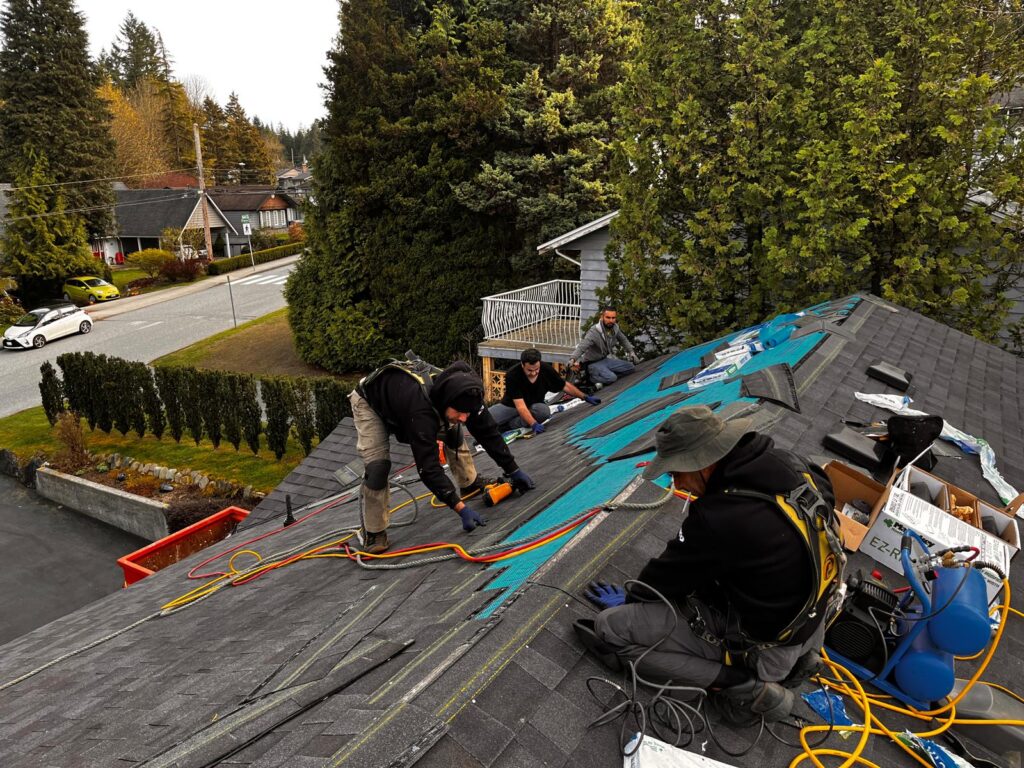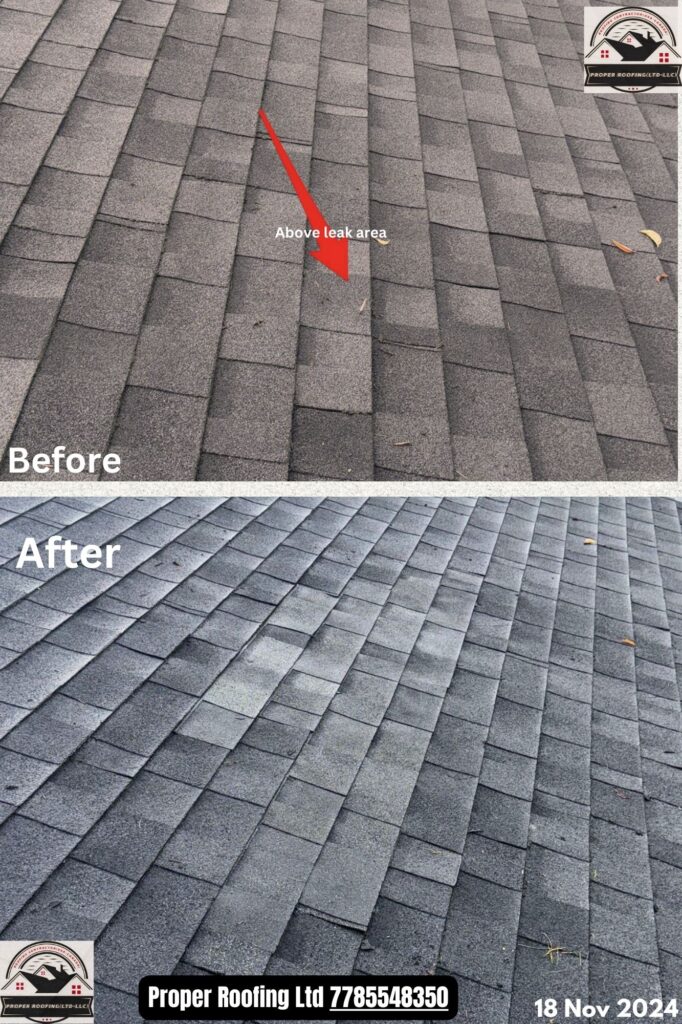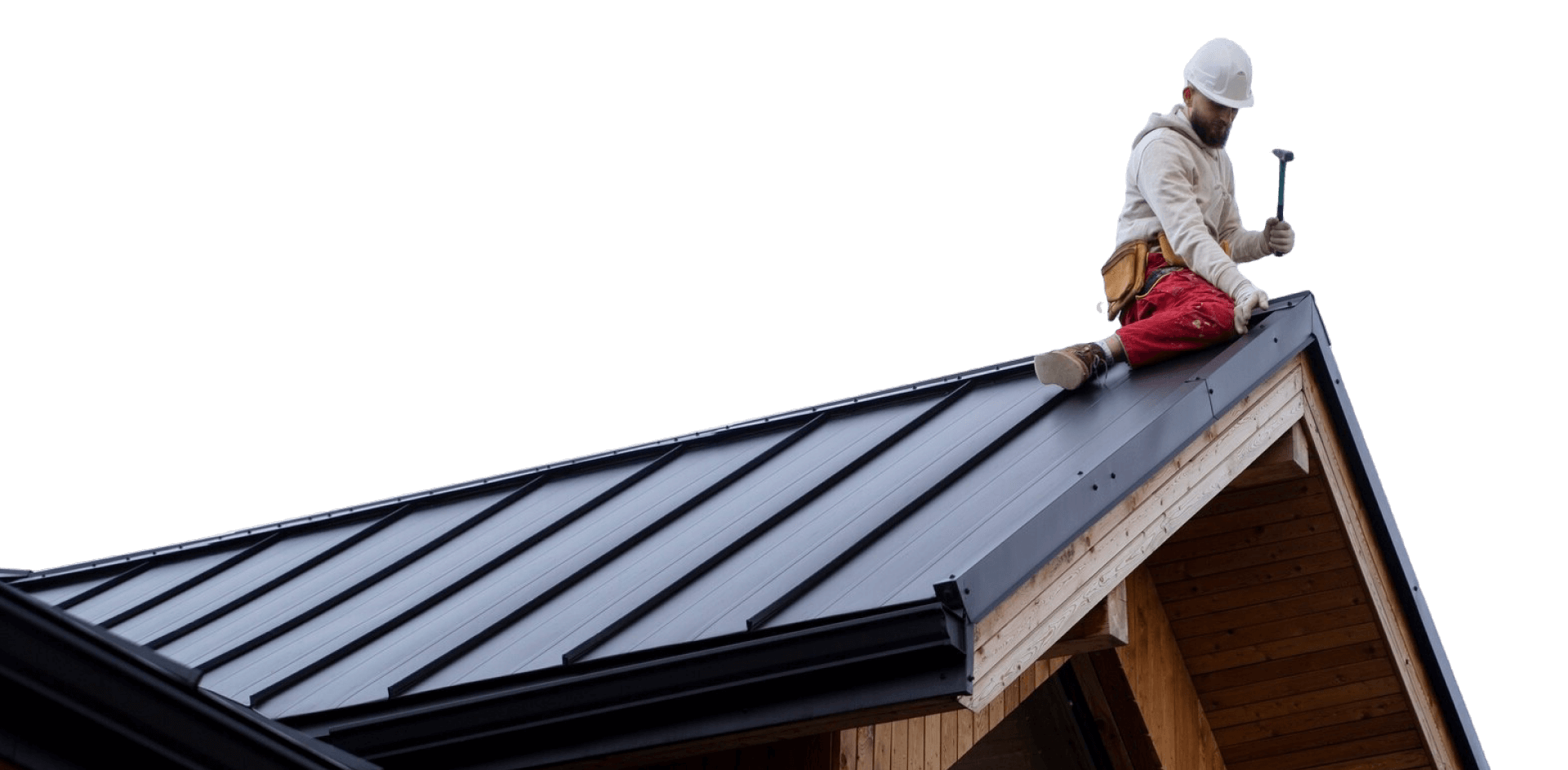When it comes to installing a metal roof, one crucial decision that homeowners often overlook is choosing the right underlayment. This layer, which sits between the roof decking and the metal panels, plays a significant role in the roof’s performance. So, what type of underlayment for metal roof should you choose? In this article, we’ll explore the different types of underlayment, answer key installation questions, and explain how proper roofing can make a difference for your home.
What Type of Underlayment for Metal Roof?

The type of underlayment you choose is essential for the longevity, energy efficiency, and moisture resistance of your metal roof. There are three main types of underlayment commonly used for metal roofing installations: felt paper, synthetic underlayment, and peel-and-stick underlayment.
Felt Paper Underlayment
Felt paper underlayment is the most traditional and affordable option. It’s made from natural fibers treated with asphalt, offering a basic weather-resistant barrier. However, it has a shorter lifespan compared to more modern alternatives, and its performance can be compromised by UV exposure or moisture. For homes in dry climates or areas with minimal temperature fluctuation, this may still be a viable choice. However, it’s important to be aware of its limitations.
Synthetic Underlayment
Synthetic underlayment is made from polyethylene or polypropylene fibers. This type offers superior durability, better performance in extreme temperatures, and enhanced energy efficiency. It resists UV damage, which makes it a preferred choice for areas that experience high sun exposure. Synthetic underlayment can also handle the movement of metal roofs, making it a more reliable option for long-term performance.
Peel-and-Stick (Rubberized Asphalt) Underlayment
Peel-and-stick underlayment is self-adhering, creating a strong waterproof barrier. It’s particularly useful in preventing leaks in vulnerable areas, such as roof valleys or around penetrations like chimneys. This type of underlayment is often used in conjunction with other materials for added protection. If you’re looking for an underlayment that offers superior waterproofing and leak prevention, this is an excellent choice.
Benefits of Metal Roofing
Modern metal roofing is engineered for durability and long-lasting performance, offering a wealth of benefits beyond its basic functionality. Here are several compelling reasons why metal roofing stands out as an excellent choice for homeowners:
Longevity: Can Easily Last 75 Years or Longer
One of the most significant advantages of metal roofing is its impressive lifespan. With proper coatings and correct installation, metal roofs can last 75 years or more. This long-term durability is a major selling point for homeowners looking for a one-time investment in their roof. In contrast to traditional asphalt shingles, which may need to be replaced every 15–20 years, metal roofs stand the test of time and offer peace of mind for decades.
Weather Resistance: Withstanding Wind, Debris, Hail, and Snow
Metal roofing is specifically designed to handle extreme weather conditions. Whether you’re in an area prone to strong wind gusts, flying debris, heavy hail, or snow accumulation, metal roofs provide superior protection compared to many other roofing materials. Their lightweight, yet durable nature allows them to shed rain, snow, and debris more efficiently, reducing the chances of damage. This makes metal roofing ideal for homes in regions with challenging weather patterns, including coastal and mountainous areas.
Fire Safety: Class A Fire Rating and Lightning Deflection
Safety is another key benefit of metal roofing. Metal roofs are classified as a Class A fire-rated roof covering, meaning they are highly resistant to catching fire. This is an important factor for homeowners who live in wildfire-prone areas or regions with frequent lightning strikes. In addition to fire resistance, metal roofing is much better at deflecting and diffusing the impact of lightning strikes compared to other roofing materials, such as asphalt or wood. This adds an extra layer of protection to your home.
Durability: No Cracking, Warping, or Peeling
Unlike asphalt or wood roofing, metal roofing is incredibly resistant to common issues like cracking, warping, and peeling. Asphalt shingles can deteriorate over time due to sun exposure, moisture, and temperature fluctuations, while wood roofing materials are prone to rotting and warping. Metal roofing, on the other hand, retains its form and function even in the face of harsh environmental conditions. Its robustness ensures that it will not deteriorate or lose its aesthetic appeal over time, maintaining the integrity of your home’s exterior.
Temperature Regulation: Reducing Ambient Roof Temperature
Another advantage of metal roofs is their ability to regulate temperature more effectively than other roofing materials. Metal roofs help to decrease the ambient roof temperature, especially when compared to asphalt roofs, which tend to absorb and retain heat. This reduction in heat accumulation helps to keep your attic and home cooler, especially during hot summer months. By reflecting the sun’s heat rather than absorbing it, metal roofs minimize the need for excessive cooling inside the home, which can result in long-term energy savings.
Energy Efficiency: Saving on Cooling Costs
Metal roofs are known for their energy efficiency. Thanks to their reflective properties, metal roofing absorbs less solar radiation, which means less heat is transferred into your home. This makes metal roofing a more energy-efficient option compared to traditional asphalt shingles, which can increase your home’s interior temperature. By reducing the amount of heat absorbed into your attic, your air conditioning system won’t have to work as hard to cool the interior of your home. This translates to lower energy bills during the warmer months, contributing to long-term savings and a more eco-friendly home.
Can I Put a Metal Roof Directly on Plywood?
While it’s possible to install a metal roof directly on plywood, it is not recommended unless proper precautions are taken. Plywood can act as a barrier between the metal roof and the elements, but it doesn’t provide the necessary moisture resistance on its own. Without an underlayment, the plywood could absorb moisture, leading to potential water damage or rot over time. To avoid this, it’s essential to install a reliable underlayment layer between the metal panels and plywood to ensure proper moisture control and prolong the life of the roof.
Should You Use Furring Strips Under a Metal Roof?
Furring strips, also known as battens, are horizontal strips of wood installed beneath the metal roof panels. They serve multiple purposes: providing ventilation, reducing condensation, and improving the overall longevity of the roof. Installing furring strips can help air circulate under the roof, preventing heat buildup and moisture retention. However, this comes with additional costs and installation complexity, so it’s important to consider whether your roof design benefits from this added feature.
How Proper Roofing Can Help
Proper roofing is essential for maintaining the integrity and durability of your home. By choosing the right underlayment and installing a high-quality roof, you can prevent issues like moisture damage, mold growth, and energy inefficiency. Moreover, a well-installed metal roof can add aesthetic value to your home and reduce the need for frequent repairs. At Proper Roofing, we specialize in helping Surrey residents with all their roofing needs, including our Gutter Repair Surrey services. If you’re experiencing leaks or drainage issues, our team can ensure your gutters and roof work together effectively to protect your home from the elements.

Conclusion
Choosing the right underlayment for your metal roof is a critical decision that can impact the performance, longevity, and efficiency of your roof. Whether you opt for felt paper, synthetic underlayment, or peel-and-stick options, each has its advantages depending on your needs. For homeowners in Surrey, proper roofing installation, including the right underlayment, is key to safeguarding your home from the elements.
If you’re ready to install a metal roof or need assistance with your existing roof, contact Proper Roofing today! We offer expert guidance on choosing the best underlayment for your home, ensuring long-lasting protection and energy efficiency. Don’t wait for leaks to become a problem—let us provide reliable gutter repair services for your home. Reach out to us for a free consultation and take the first step towards securing your roof. We’re here to help Surrey residents with all their roofing needs.
Check out our social media pages below:
Here are other related articles about roofing for you:
What Are the 4 Main Types of Residential Roofing


